- Joined
- Jul 27, 2009
- Messages
- 4,125
To me the whole thing points up the difficulty in actually creating a light performance evaluation system. You have to define some properties that make up the system, then measure them, do it in a scientifically sound way, then create some framework for people to compare one diamond against another. I imagine that Serg and Garry would agree that it is difficult work.Radiantman|1408404563|3735076 said:Bryan perhaps I wasn't clear enough. The point of my post was that it doesn't matter what a word like brilliance means to me or you or to the AGSL or to the cut group. What matters is what it means generically to people generally and whether whatever it is that we are objectively measuring matches people's visual understanding of the label we are applying to the measurement. If it doesn't we need to measure it differently or describe the characteristic we are measuring differently. I asked whether consumer testing had been done to confirm whether the measurement matched the public's intuitive understanding of the label being used to describe it. My personal opinion matters not at all nor does it matter what my father meant in his patent application or what the phrase on my website means to me. Consumers who see our diamonds and disagree with me and consider cut cornered princesses brighter will buy those instead but they are unlikely to disbelieve their eyes because of something I have said or frankly that the AGSL or the cut group says. They will trust their eyes and any standard that doesn't match what people see will not ultimately be accepted as credible. We need to learn to measure what people like not try to use science to convince them to like something else. Any attempt to develop a standard that does that simply will not succeed. Even if all the experts on here were to agree (which I doubt is the case) it wouldn't matter. Words need to be used in the manner people not in the trade understand them and any grading standard that doesn't do that will not well serve it's intended purpose.
I am not saying that this is the case with the cut group's definitions only that without testing we don't know.
On the other hand it's much easier to find faults in any system and point to weaknesses in its definitions, assumptions or judgments. And rather than work to build a better mousetrap many folks find it serves their purposes to simply denigrate the constructs of established systems. But a better use of time and energy is often to try to adapt an established system that is fundamentally useful to one that more fully accounts for the variances that may exist in real life.
Its worth another look at the foundation work of AGSL to see the definitions and assumptions that are laid out as the basis for their system. http://www.agslab.com/spie/spie_lo_res.pdf
I see that Garry has meanwhile posted a retrospective on definitions over time, including those of AGS. The takeaway (for me at least) is that any system has to make choices of how they are going to approach the subject. As long as the methodology is consistent with the definitions and assumptions, the system has a chance to be useful and adaptable.

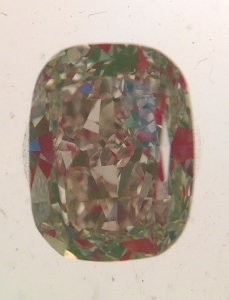
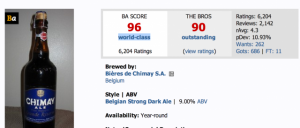
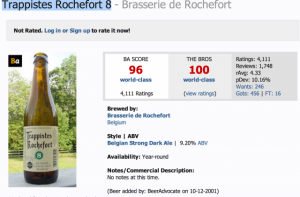
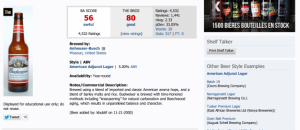
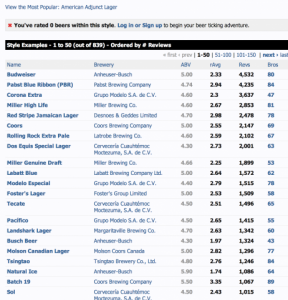
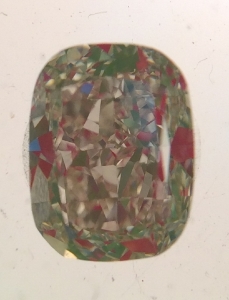


300x240.png)